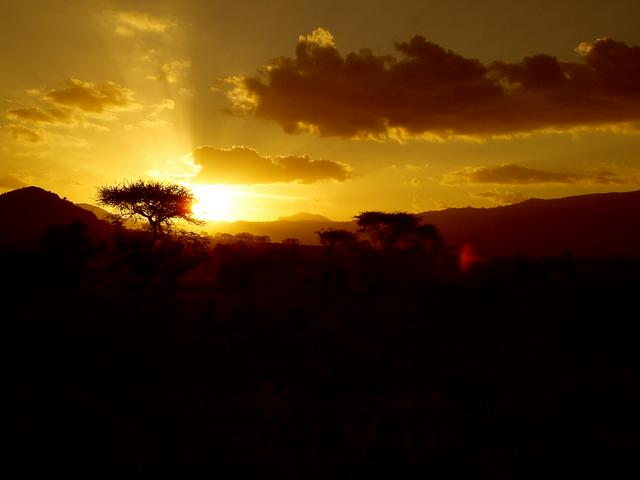 Tsavo is in Kenya close to the city of Mombasa.
Tsavo is in Kenya close to the city of Mombasa.
To see as many animals as possible, it needs a good guide and a little luck. In low season after the rainy season (May - June) the grass is high and the animals sometimes harder to see, except elephants and giraffes. On the other hand, nature has fresh colors and the safaris are cheaper. In the high season August - September the grass is short and animal sightings easier but also more expensive.
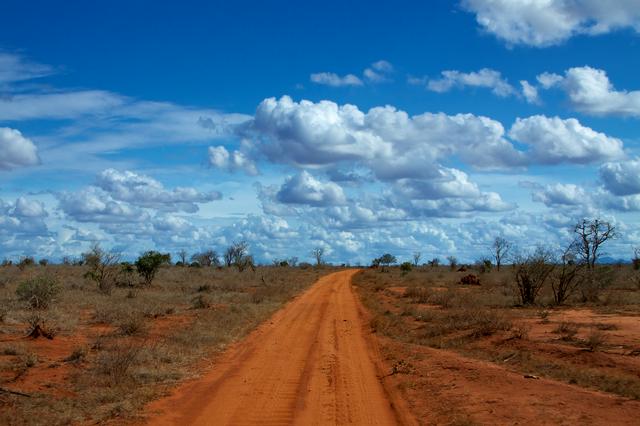
-RaCWp.medium.jpg)
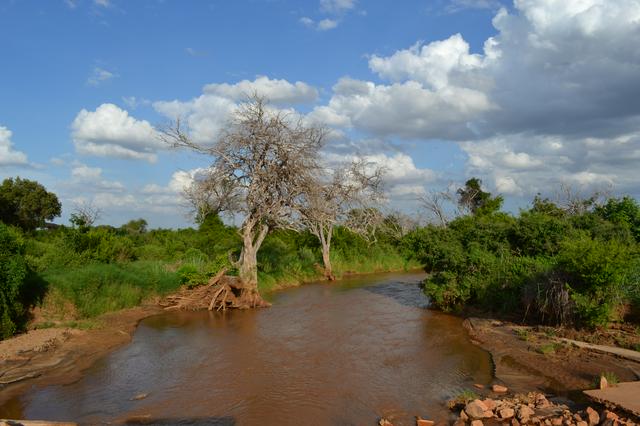
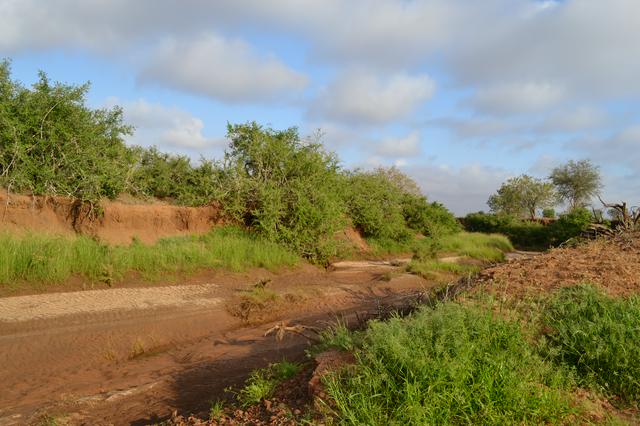
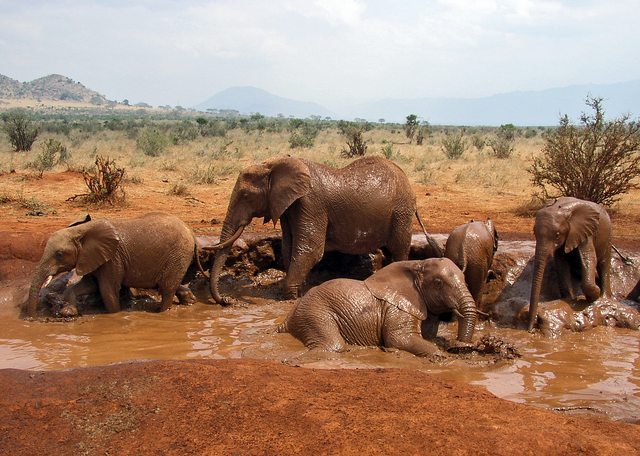
Tsavo National Park was established on 1 April 1948 with an area of 21,812 km². It is the largest park in Kenya. In May 1948 Tsavo National Park was divided into East and West for administrative purposes. The two Parks are divided by Nairobi–Mombasa railway /road.
The Waliangulu and Kamba tribes used it as a hunting ground prior to gazettement. Dr. Krapf journeyed on foot through this area in 1848 crossing the Tsavo river on his way to Kitui – first European to see Mt. Kenya.
Construction of the railway reached Tsavo river in 1898. During the construction of the bridge two lions terrorized the workers, killing over 130 people before being killed by Col. Patterson. Patterson recounted the story in his book The Maneaters of Tsavo which became the major motion picture The Ghost and the Darkness (1997).
During the World War I (1914-1918) British forces built fortresses along Tsavo River to counter threats from invading German forces from Tanganyika (present Tanzania) – whose intention was to blow up the Tsavo River bridge that was vital to British communication.
Captain Lugards, a European explorer, passed through the area on his way to Uganda and had a drop over at the Lugards falls area.
Tsavo East is generally flat, with dry plains across which the Galana River flows with swampy marshland. Other features include the Yatta Plateau and Lugard Falls.
The Park is home to most of the larger mammals, vast herds of dust –red elephant, Rhino, buffalo, lion, leopard, hippos,crocodile, waterbucks, Lesser Kudu, Gerenuk and Hirola. Fauna is dominated by dry grass land and thorny bushes.
It's usually warm and dry. The temperature is fairly constant year round, but the rainfall varies. The temperature ranges from 27-31°C in the daytime and 22-24°C at night. The long rainy season lasts from March to May and the rainfall is usually heavy, making this a bad time for wildlife safaris. The short rainy season lasts from October to December, but the weather during this period is still good enough to go on safari - just expect some afternoon showers. The humidity is high from December through April
Entrance fees/day:
- Adult resident - Ksh 1200
- Children resident - Ksh 600
- Adult non resident - US$75
- Children non resident - US$40 Vehicle fees per day:
- Less than 6 seats - Ksh 200
- 6 to 12 seats - Ksh 600
Tsavo East is a very popular park as is indicated by the large number of tourists. Some of the attractive scenic features include:
- large herds of elephants and other wildlife.
- it is easily accessible by road, air (light aircraft) and railway.
- the Park is a “catchments” for coast resorts’ visitors.
- popular legend of Tsavo “The Man-eaters of Tsavo”.
- Yatta plateau – It is about 290 km long and is one of the world's longest lava flows.
- Lugards Falls on the Galana river – This is not a true falls but a series of rapids. Visitors can walk down to the river to view the rapids.
- Mudanda rock – This is a long rock outcrop that is about 1.6 km long. There is a dam at the base. Animals can be seen drinking. Visitors can walk along the rock and enjoy a cool breeze as well as view wildlife at the base.
- Aruba Dam - was built in 1952 across the Voi River. The dam attracts many animals and water birds can be seen at this dam.
- Tsavo/Athi rivers confluence – when the two rivers join they form the Galana river.
- Elephants, Rhinos, Hirola (Hunters Hartebeest).
- Ngulia Rhino Sanctuary: a place for saving the black rhino from extinction
The main purpose of a wildlife safari is to see wild animals in their natural environment. Usually tours are booked at travel agencies and tours with mini buses or Jeeps into the park are organized. Walking safaris are offered by several guides along the Galana River too. Its also possible to visit the park on your own but its not advisable on safety reasons and its not sure you will see many animals as only the guides know the places where the animals can be spotted.
Catering is in most cases included in the price of accommodation
In the lodges the prices for soft drinks are about Ksh 150ksh, beer Ksh 350, wine Ksh 400, water is free in most camps. Prices for drinks in the safari vehicles are about same level.
- Tsavo West National Park
- Maasai Mara National Reserve
